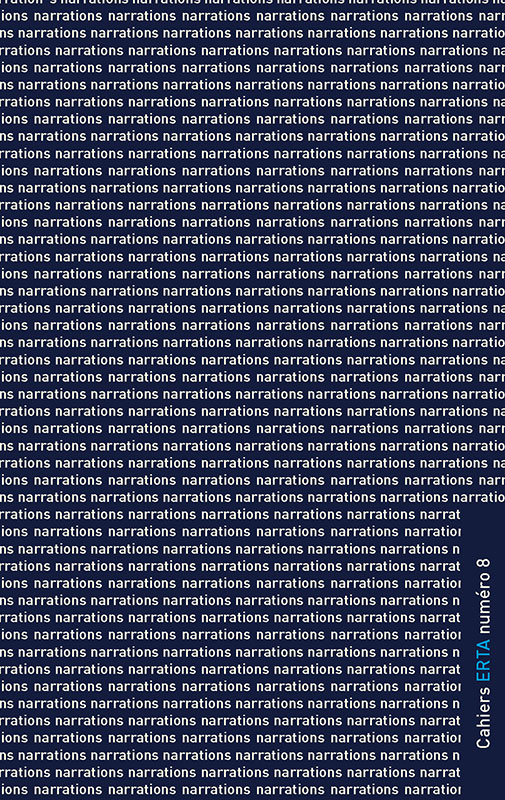Étude de la narration de l’absurde dans une perspective textuelle
Mots-clés :
discontinuity, incongruity, ellipsisRésumé
This paper will examine a set of linguistic parameters which contribute to explaining the absurd creation by focusing on some possibilities of textual organization. It will be shown that the absurd narration is inspired by the concepts of connexity, sequantility and cohesion, namely by discontinuous and incongruent language use, elliptical narrative structure or the lack of sufficient information. Our combined literary and linguistic analysis is outlined on absurdist fictions like Camus’s L’Étranger, Michaux’s prose poems (La jetée and Un homme perdu) and Ionesco’s micro-fictions taken out of La cantatrice chauve.
Téléchargements
Références
Adam J.-M., « Le passé simple : “pierre d’angle du récit ” ? », [dans :] Idem, Le texte narratif, Paris, Nathan, 1994.
Adam J.-M., Les textes. Types et prototypes, Paris, Nathan, 2001.
Camus A., L’Étranger, Paris, Gallimard, 1996.
Camus A., Le mythe de Sisyphe. Essai sur l’absurde, Paris, Gallimard, 2002.
Cusimano C., La sémantique contemporaine, Paris, PUPS, 2012.
Ionesco E., « La cantatrice chauve », [dans :] Idem, La cantatrice chauve, Paris, Gallimard, 1996.
Maingueneau D., Éléments de linguistique pour le texte littéraire, Paris, Bordas, 1993.
Michaux H., « Un homme perdu », La nuit remue, Paris, Gallimard, 1967, http://www.poemes.co/henri-michaux.html.
Michaux, H., « La jetée », La nuit remue, Paris, Gallimard, 1967, http://www.poemes.co/henri-michaux.html.
Royère A.-C., « “Signes” : Henri Michaux et la “toile-poème” », [dans :] Textyles, 2006, no29.
Weinrich H., Le temps, Paris, Seuil, 1973.
Weinrich H., Grammaire textuelle du français, Paris, Didier/Hatier, 1989.

 Revues scientifiques académiques
Revues scientifiques académiques





